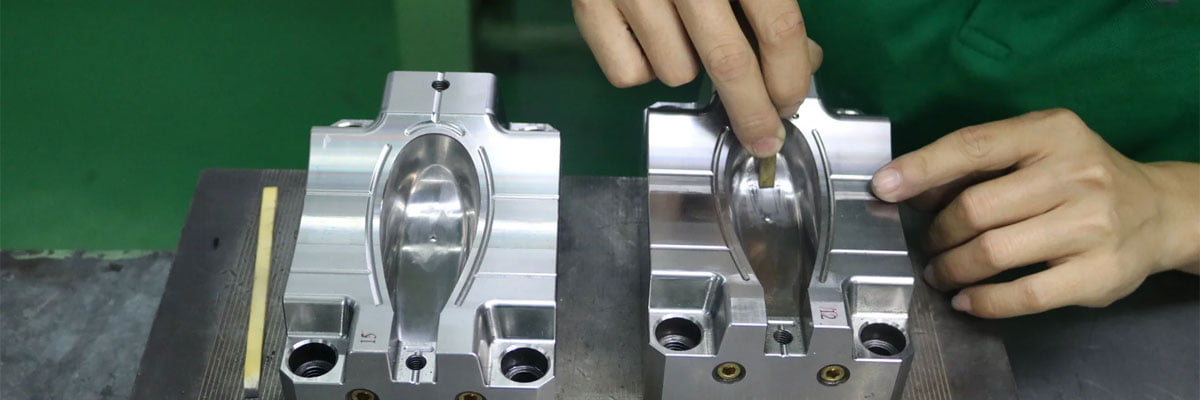
The Fascinating Journey of Toy Mould Manufacturing Process
Introduction:
The mass production of plastic toys relies on the injection moulding process. The moulds used for shaping the molten plastic into toy parts go through an intricate manufacturing journey. R.D. Mould & Industries is a leading Toys Mould Manufacturer in Ahmedabad. In this blog, we will share the fascinating process that provides insights into how your favorite toys are made.
Design and Prototyping
The journey of toy mould manufacturing begins with the conceptualization and design phase. Talented designers work closely with toy manufacturers to bring their ideas to fruition. They utilize computer-aided design software to create 3D models of the toys, incorporating intricate details and specifications.
After the design is complete, a prototype is made utilizing a variety of methods, including 3D printing or conventional sculpting.The prototype serves as a physical representation of the final product and allows for thorough testing and refinement before proceeding to the mould manufacturing stage.
Mould Construction:
The creation of the mould itself is the subsequent phase in the manufacturing of toy moulds. Due of their durability and resilience to heat, high-quality materials like steel or aluminum are typically used to create the moulds. CNC machines are used by skilled toolmakers to accurately shape the mould components in accordance with the design requirements.
The mould is created in two halves:
the core and the cavity. These two halves fit together perfectly to form a hollow space, replicating the shape and details of the toy. The mould incorporates extra features including slides, Ejector pins, and cooling channels to improve functionality and speed up manufacturing.
Injection Moulding:
Injection moulding is a widely used manufacturing technique for producing plastic toys mould. In this procedure, molten plastic material is poured into the cavity of the mould as it is clamped together. The plastic rapidly cools and solidifies, taking the shape of the mould.
Once the plastic has cooled, the mould is opened, and the newly formed toy is ejected. Toys may be produced in large quantities with precision and consistency thanks to the process' high level of automation and efficiency.
Finishing Touches:
After the toys are ejected from the mould, they undergo various finishing processes to achieve the desired appearance and functionality.This may include trimming excess plastic, sanding rough edges, and adding details through painting, printing, or assembly of additional components.
Throughout the production process, quality control checks are performed to make sure the toys adhere to the design specifications and meet high safety standards. Any defective toys are identified and removed from the production line to maintain a high level of quality assurance.
Conclusion-
The toy mould manufacturing process is a blend of artistry, engineering, and precision. Every stage, from the original design phase to the last finishing touches, is important in producing toys that captivate both children's and adults' hearts and minds. The attention to detail, the use of advanced technology, and the craftsmanship involved in this process contribute to the creation of toys that bring joy and happiness to people of all ages. Next time you pick up your favorite toy, take a moment to appreciate the intricate journey it undertook to reach your hands. The world of toy mould manufacturing is a testament to human creativity and innovation, showcasing the remarkable possibilities that lie within the realm of manufacturing processes.

